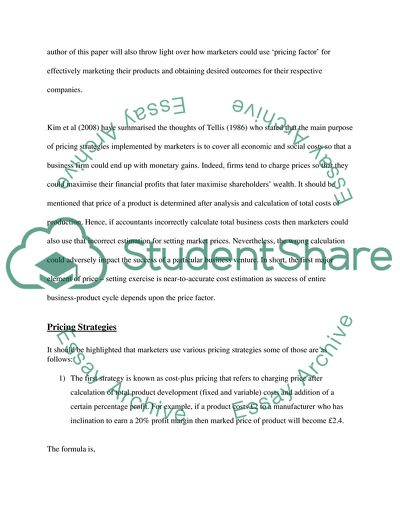Cite this document
(Pricing the Product for Effective Marketing Coursework, n.d.)
Pricing the Product for Effective Marketing Coursework. https://studentshare.org/marketing/1745316-an-understanding-of-pricing-the-product-is-essential-for-effective-marketing-discuss
Pricing the Product for Effective Marketing Coursework. https://studentshare.org/marketing/1745316-an-understanding-of-pricing-the-product-is-essential-for-effective-marketing-discuss
(Pricing the Product for Effective Marketing Coursework)
Pricing the Product for Effective Marketing Coursework. https://studentshare.org/marketing/1745316-an-understanding-of-pricing-the-product-is-essential-for-effective-marketing-discuss.
Pricing the Product for Effective Marketing Coursework. https://studentshare.org/marketing/1745316-an-understanding-of-pricing-the-product-is-essential-for-effective-marketing-discuss.
“Pricing the Product for Effective Marketing Coursework”. https://studentshare.org/marketing/1745316-an-understanding-of-pricing-the-product-is-essential-for-effective-marketing-discuss.


